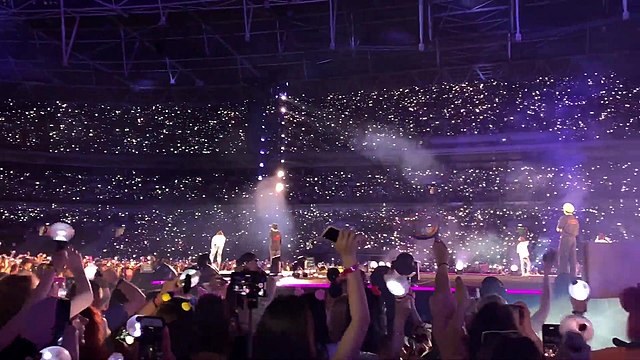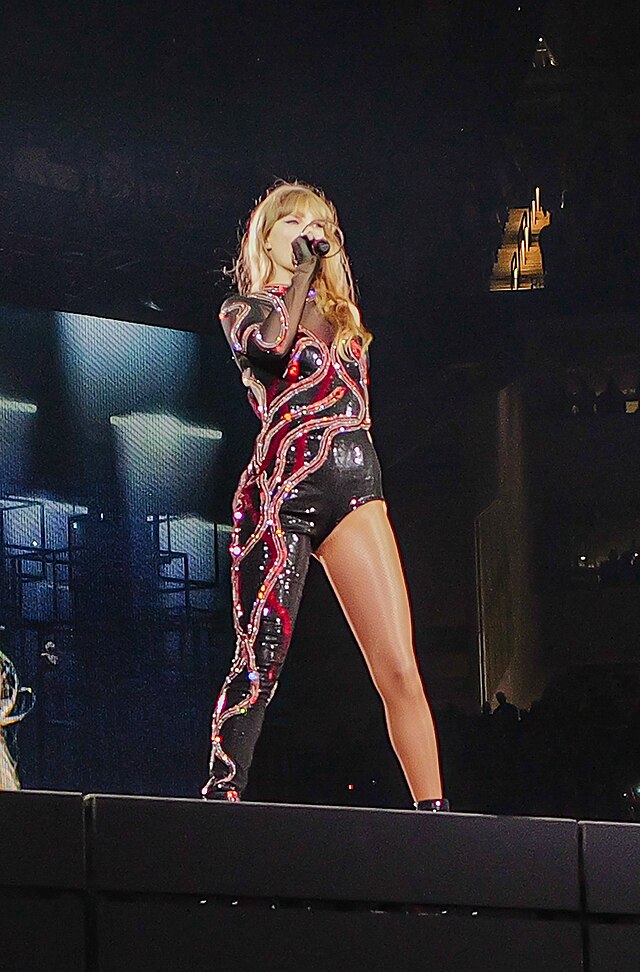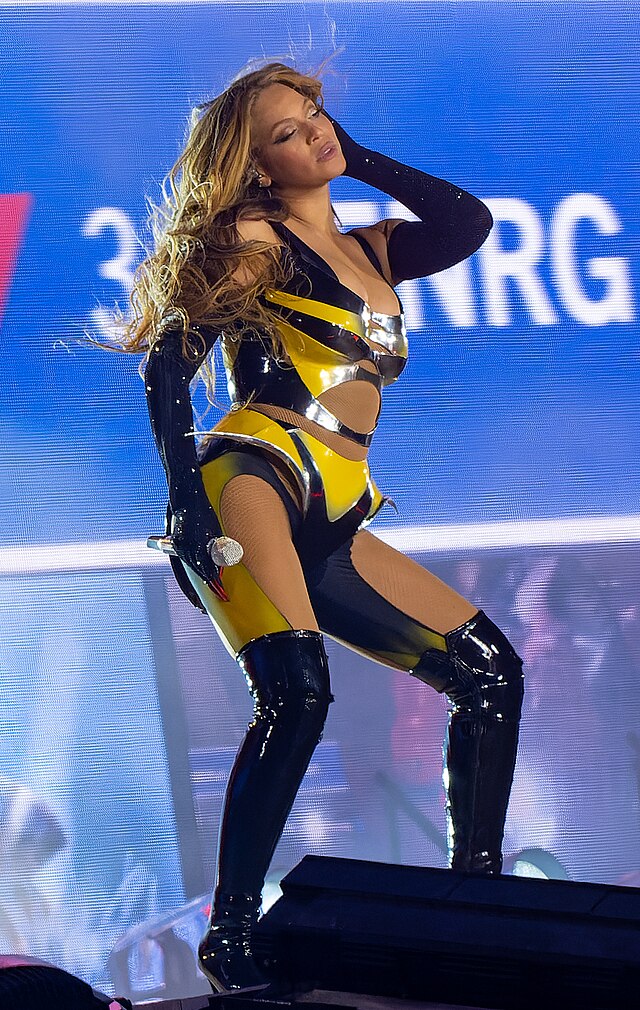The New Age of "Tour Couture"

When musical artists take the stage, they don't just perform—they transport the audience into an immersive experience, with music, visuals, and fashion. One of the strongest aspects of the show are the costumes worn by artists on tour. The outfits they wear are much more than just garments, they are extensions of the artist's persona. They aid in storytelling and act as statements of creativity.
Tour costumes play a multifaceted role in the live performances of musical artists. Beyond their basic function of providing coverage for the stage, these outfits enhance the narrative of the performance and reinforce the artist's persona. Whether they are evoking a specific era, theme, or mood, tour costumes help create a cohesive aesthetic that complements the music and engages the audience on a deeper level.

Additionally, tour costumes serve as powerful symbols of identity and self-expression for the artists. From elaborate couture gowns to avant-garde streetwear, each ensemble reflects the artist's personal style, influences, and artistic vision. For many performers, the opportunity to collaborate with designers and stylists on their tour wardrobe is a creative endeavor that allows them to push the boundaries of fashion, and an opportunity to wear something other than what they normally would.
The creation of these costumes is no easy feat. It is a collaborative effort that takes a diverse team of professionals, including designers, stylists, costume makers, and even choreographers. The process normally starts with brainstorming sessions between the artist and their creative team. This is when ideas for the tour's visual concept and aesthetic are discussed and refined.
Once the creative direction is established, designers and stylists work closely with the artist to develop sketches and mood boards that capture the desired look and feel of the costumes. Fabric selection, color palettes, and embellishments are all carefully chosen to complement the overall theme of the tour. From there, costume makers and sewists bring the designs to life.
Tour costumes and performance wear have always held cultural significance within the music industry. They serve as iconic symbols of some of the most memorable moments in pop culture history. From Madonna's legendary Jean Paul Gaultier cone bra on her ‘Blond Ambition tour’ to Michael Jackson’s sequined glove from the Motown 25th anniversary special, certain tour costumes have transcended their status as merely clothes to become undeniable symbols of artistic innovation and cultural impact.
These looks even have the power to spark conversations and challenge societal norms. Sometimes artists use their wardrobe choices to make bold statements about identity, gender, politics, and social justice. In an era of heightened social consciousness, tour costumes have become a platform for artists to express their values and advocate for change.

Because these looks can become notable moments in pop culture, we have also seen them transfer from the stage to the streets. Average people are seen wearing outfits inspired by costumes we have seen on stage. Rewind to Summer 2023. Some of the biggest acts in the world are on tour. Beyonce, Taylor Swift, Harry Styles - social media is flooded with “Get ready with me for a _________ concert” videos. What are you seeing? Sequins, feathers, and cowboy boots on everybody.
Let’s start with Beyonce. The theme was “Afrofuturist disco fantasia”. She had a total of 140 outfits over the course of the tour and worked with notable designers such as Balmain, Balenciaga, Telfar, Alexander McQueen, Mugler, and many, many more. The concert itself was a fashion show. Look after look, show after show, she graced the stage and made headlines for her stunning looks. In turn, concert-goers curated the perfect silver outfit for the show. This was a nod to her promo image of her seated on the silver horse, wearing a blinged-out bikini and cowboy hat. We continued to see these looks on the streets. Silver was the color of the year and cowboy hats were everywhere. Some bold fans even used it as an opportunity to flex their sewing muscles and make exact replicas of her looks.
Let’s move on to Taylor Swift. Her fans were turning looks and became extremely committed to the theme for her Eras tour. The eras theme gave the fans an opportunity to decide which album they identified with the most and in what aesthetic they wanted to dress. Would it be “Red”, “Lover”, or “Reputation”? Friendship bracelets are no longer just a kid’s craft, but a trendy fashion accessory.
Have you ever been to a concert? Have you ever dressed “in theme” for the concert you were attending? Do you find yourself continuing to dress in that aesthetic?
Sherri, 57, a huge Grateful Dead fan says, “We LOVE dressing up! It’s fun for us and fun for others. It’s funny to me that big traveling and dressing up for shows is getting a lot of attention as a new phenomenon but Deadheads and festival attendees have been doing these things for many many years…40+ years for us personally.” Sherri has been a long time music lover and concert-goer and her love for music and dressing up has even spilled over into the real world. Sherri also said “the older I get, the more my regular outfits have also become costume-like. I now like to incorporate sequins, tulle, glitter, and over-the-top outfits into my everyday life.” Maybe the only difference between the generations is the motivation for dressing up.
Sherri’s daughter, Missi, 27, has a different reason for why she dresses up for concerts. “I love the opportunity to express myself and can’t turn down a photo op.” For the younger generations, getting a good photo or video for social media is the main objective.
Regardless of the motivations, fashion and music continue to be forever intertwined, and concerts are where the two converge. Artists and spectators both use it as an opportunity for self-expression. Tour costumes are not just garments—they are works of art that enrich the live performances of musical artists and contribute to the pop culture of our time. From their role as visual storytelling devices to their cultural significance, costumes occupy a unique and important place in the world of entertainment. As artists continue to push the boundaries of creativity and technology, the spectacle of tour costumes will undoubtedly remain a cornerstone of live music experiences for years to come.





